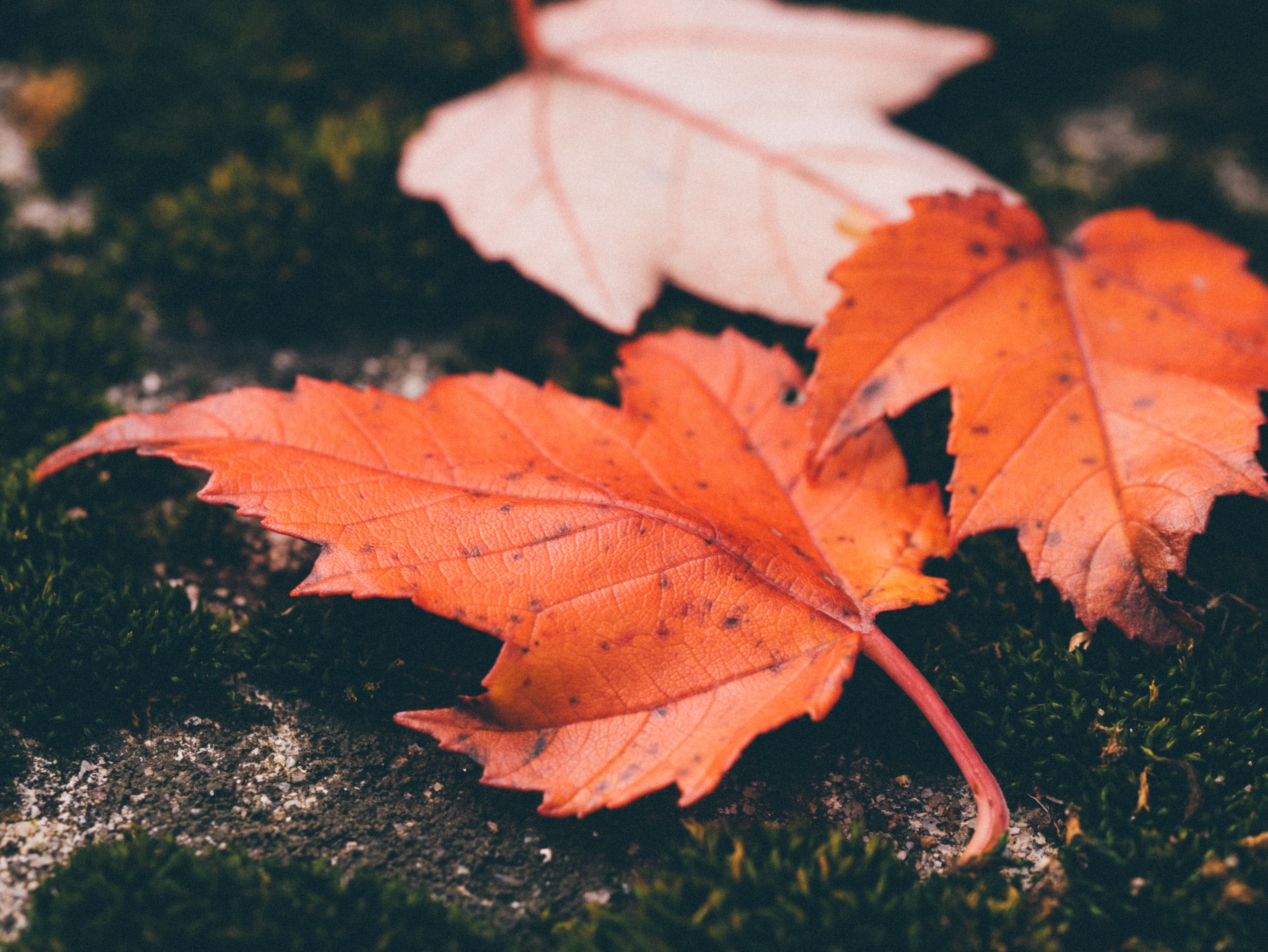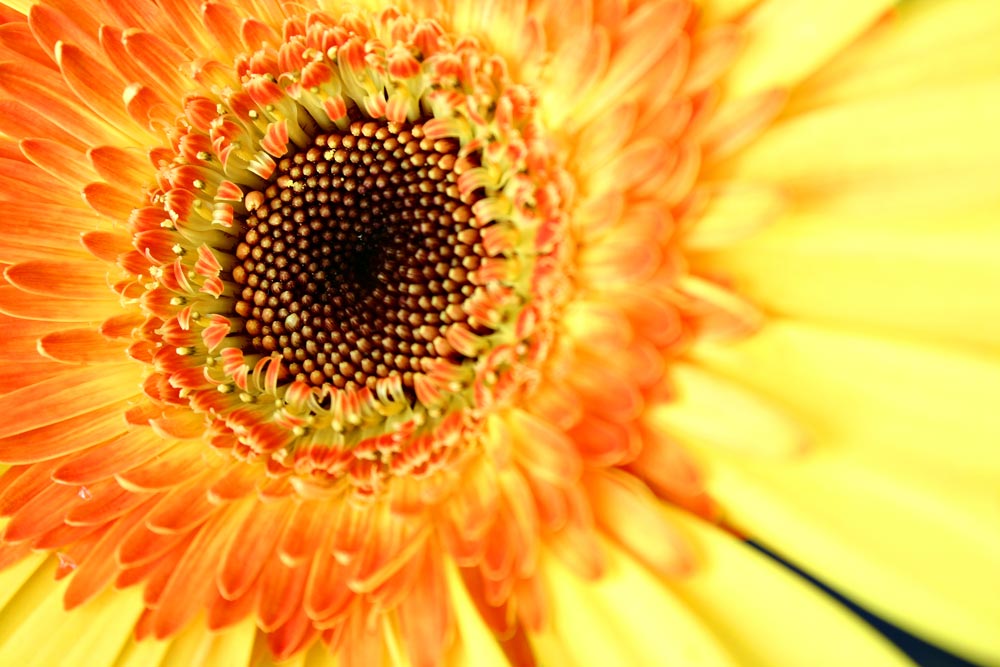
Can you believe we have less than three months remaining in 2018? That's right, we're already 2 weeks into fall. Every year at this time, I have a significant group of patients that begin to feel not quite like themselves. Some attribute it to the upcoming stress of the holiday season, but for many, there is a change in their mood that is physically related to the change in seasons. As the seasons change, our exposure to sunlight changes. Different types of plants and flowers bloom, too. For those sensitive to pollens and light shifts, they may be just enough to cause your mood to make a significant upward or downward turn as the year rolls on.
Today's blog post is for all those who think they may have Seasonal Affective Disorder. It is also for my family and friends in Connecticut, New York, and the United Kingdom, and other places with a long period of dark "winter months."
Is Seasonal Affective Disorder Really a "Thing"?
Yes! Seasonal Affective Disorder (or SAD) is real! Though it's not a stand-alone condition (and instead is a subtype of Major Depressive Disorder, Bipolar I Disorder, or Bipolar II Disorder), it is a recognized condition that impacts people around the world. Studies from the US, Canada, Wales, Switzerland and the Netherlands show that up to 3% of the general population meet criteria for SAD.
SAD is essentially a mood shift that occurs and resolves at a predictable time every year. Most often, people think of SAD as feeling down during the winter months. However, it is possible that SAD can cause a person to feel more depressed during spring or summer months, too. It can also cause a person to go into a manic episode (or hypomanic episode) during a certain part of the year. Mania and hypomania are elevations in mood, that are normally characterized by impulsivity, racing thoughts, not needing sleep, and grandiosity - thinking you're better (more beautiful or smarter) than everyone else. For a refresher on mania and hypomania, click here to review my article on bipolar disorder.
It is also possible to have SAD symptoms and not be a person who has a diagnosis of Major Depressive Disorder or any type of Bipolar Disorder. If you have some symptoms of depression, mania, or hypomania that happen predictably during a certain season, but do not feel it causes serious impairment in your functioning, you may have "subsyndromal SAD".
How Do I Know if I Have SAD?
The symptoms of SAD are the same as Major Depressive Disorder or Bipolar I or II. However, in people with SAD, these symptoms occur or worsen every year at the same time. For people who have "winter depression," symptoms begin in the fall and usually resolve in the spring or summer of the following year. For people who have "summer depression," symptoms usually begin in the spring or summer and will last until fall or winter, unless treated first.
Symptoms of Major Depressive Disorder are listed below and last 2 weeks or more:
Sadness and loss of interest or joy
Feelings of guilt
Sleep disturbance
Low energy
Poor concentration
Changes in appetite
Suicidal thoughts
Some symptoms of Bipolar Mania or Hypomania are:
Distractibility
Impulsivity
Irritability
Grandiosity
Racing Thoughts
Rapid Speech
Agitation
Decreased need for sleep
The primary differences between mania and hypomania are the duration of symptoms (how long they last) and their severity/intensity. Hypomania is less severe than mania.
*The symptoms of bipolar depression are the same as what is listed for major depression, above. To review either Major Depressive Disorder or Bipolar Disorder, visit the articles tab.
"Every year, I know I'm going to start feeling better once the daffodils come."
Being Stable as the Seasons Swing
We have conflicting information about who is at most risk of developing SAD. Some studies show that it is women, some show that it's people living at higher northern latitudes, but neither idea has been proven for sure. One thing does seem to be clear, though, onset of SAD is usually between 20 and 30 years old.
Likewise, we have multiple theories to explain the causes of SAD. There have been thoughts that the shorter daylight hours in the fall and winter, the sensitivity of a person's eyes to light, exposure to allergens and pollens, genetics, and levels of a chemical related to depression and anxiety called serotonin, are all possible contributors.
If you think you may be having seasonal onset of mood disorders, please see your primary care doctor or a psychiatrist for an evaluation, accurate diagnosis and treatment options. I have talked to countless patients with winter depression. Commonly, they begin to do better when the spring light comes. One patient told me a few years ago that spring flowers were a signal her depressed mood was going to lift. "Every year, I know I'm going to start feeling better once the daffodils come," she said.
Currently, the best options for resolving winter depression are:
Light Therapy with a 10,000 lux light box (emitting white light) for 30 minutes in the morning.
Dawn Stimulation Lights that gradually shine light on you over a period of 2 hours as you awaken each day.
Taking walks outside. Even walking on cloudy days may help.
Aerobic Exercise
Maintaining good sleep habits and sleep hygiene
Psychotherapy (counseling)
Antidepressant medications
People with bipolar disorder who get depressed in the fall or winter should only use light therapy under the close supervision of a psychiatrist. There is a possibility, though thought to be rare, that light therapy can trigger mania in a person with bipolar disorder.
It Happens in Spring and Summer, Too!

One Friday morning in March, 2014, I was seeing patients in my office, when I noticed an influx of voice mails and messages from the office administrative staff. "Dr. Thomas, I really need to talk to you, I can't sleep," was the first message. Later that morning, "Yes, I'm calling to speak to Dr. Thomas, something is going on and I'm starting to get manic, I haven't slept well all week." And then shortly after that call, "Dr. Thomas, I feel people at the pharmacy are involved in a conspiracy with my fiancé."
There were enough calls that I had to delay seeing my in-person patients for a few minutes while I tried to figure out what was going on. It was the early part of March, and all the calls were coming from patients diagnosed with Bipolar Disorder. They were going into hypomania, mania, and even some were beginning to become paranoid - all triggered by the seasonal shift toward spring. That day was a dramatic example of SAD, and that it is NOT just about blues in the cold months.
People impacted by summer depression and those with bipolar disorder that worsens in the spring and summer should limit their light exposure to 13 hours or less per day, see their doctor regularly, and maintain consistency with medications (whether they be antidepressants or mood-stabilizers).
Resources
If you are looking for reliable resources to help treat your SAD, start here with some products that have helped my patients! Remember, nothing in this blog post serves as medical advice or should take the place of an evaluation with a medical professional. However, you can share these resources with your doctor and see what they think!
Click on the links below to view these products.
Light Boxes:
Books: